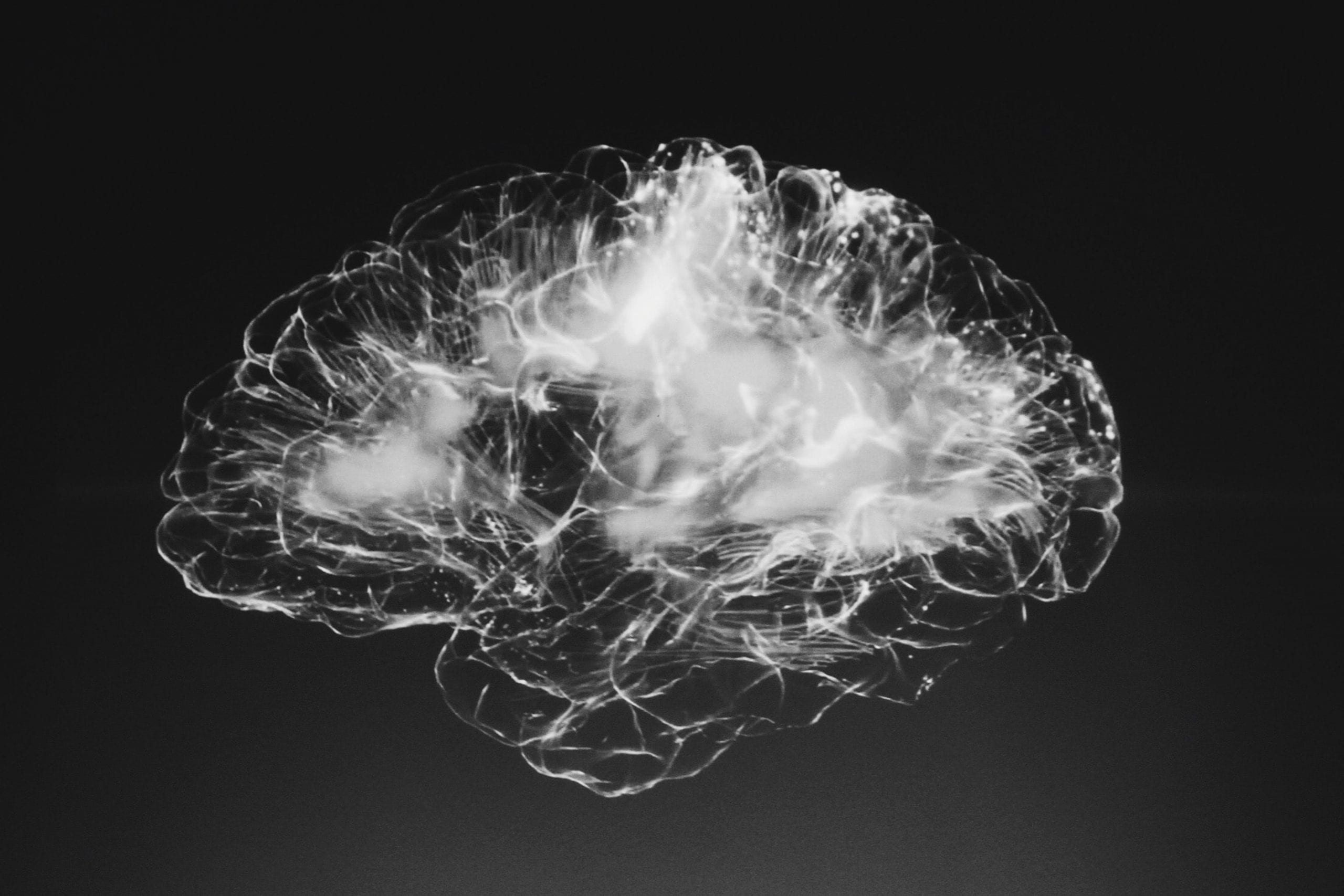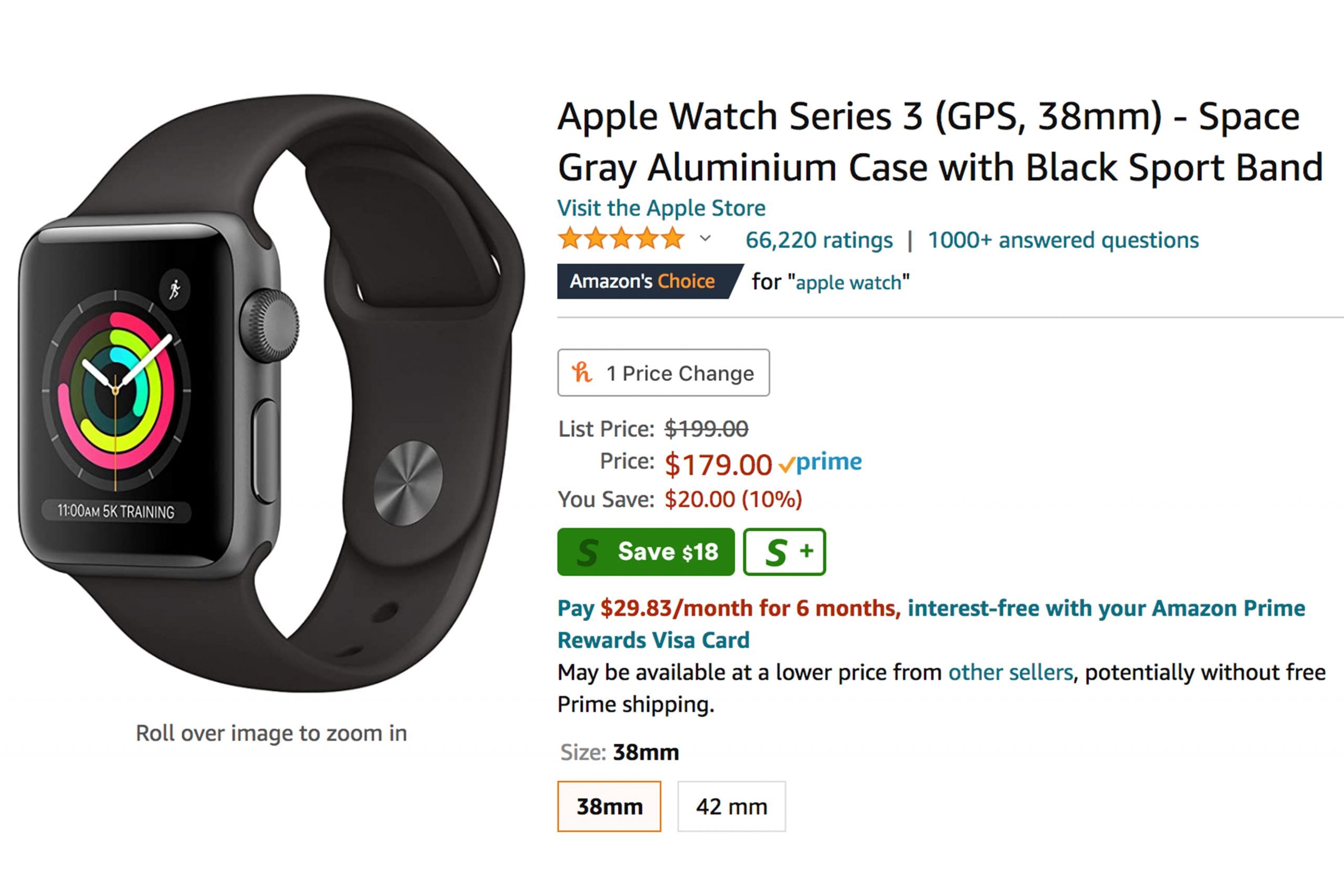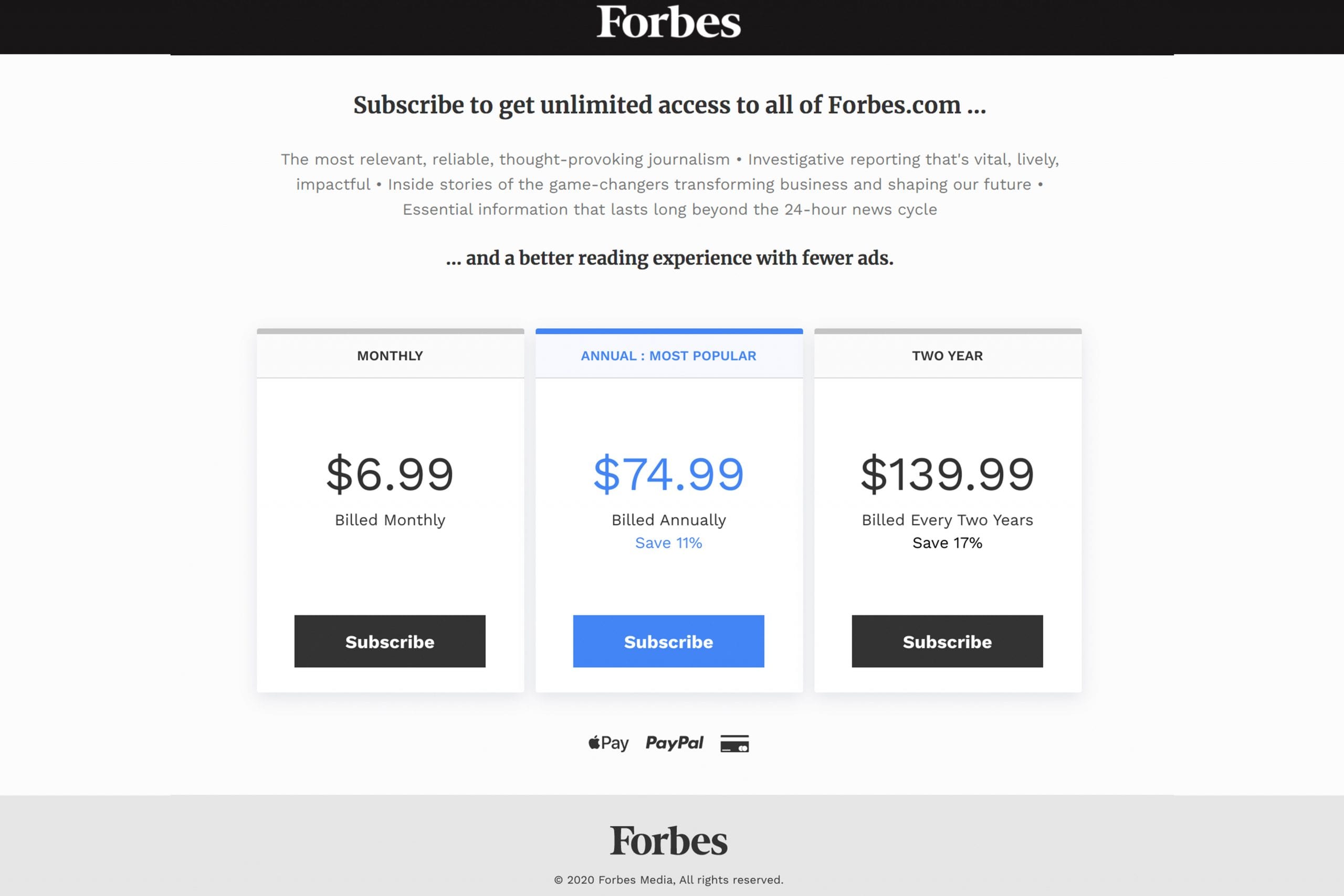In the 1970's we are shown on average 500 ads per day. Today we are shown over 5000! How can you compete with those numbers? For many years, advertisers have used psychology to drive marketing without you even noticing. Here you will learn how to make your advertisements actually work, by using psychology to make people buy your product or service.


The rarer or more allusive something is the more valuable it is perceived to have. Let’s take diamonds for example. The size, clarity, and color determine its value because the best diamonds are the rarest. The psychological philosophy is that people place a higher value on items if there is an observed shortage, whether there is an actual shortage or not. In advertising, you can apply this by limiting your product's supply. Impulse buying can occur when a customer fears that they may miss out on an opportunity. This is often called FOMO or the fear of missing out. You can create scarcity by using language such as “last chance offer”, “3-hour flash sale”, or “while supplies last”.

Anchoring Bias is a cognitive bias that causes us to rely too heavily on the first piece of information we are given about a topic. In marketing terms, this means that your customer will make a judgment about your product and its price based on the first information they see. For example, someone comes to your website and sees a watch for $300. They then go to a second website and find that same watch for $100. $100 may be out of their price range but because they perceive huge savings, they are more prone to buying. You can utilize anchoring bias by displaying your original price next to a sales price, making the original price the anchor, and the sales price perceived as a value.

The decoy effect is defined as the phenomenon whereby consumers change their preference between two options when presented with a third option. For example, you may have seen pricing options for a subscription service on a website. If only 2 options are presented the customer may have a hard time choosing which to go for. By adding a third less attractive option such as a tier with fewer items (the decoy), then the other two options appear like a better deal. You can put this into practice by bundling items or services.
Color psychology focuses on how color influences our behavior and decision-making. In marketing, colors can subconsciously impact the way buyers perceive a brand. Let’s review some colors and how they can affect your business strategy.

Red- Red symbolizes passion and excitement, but can also symbolize anger, pain, and aggression. Red creates a sense of urgency which is why it’s used in sales promotions. It can also encourage appetite which is why it is commonly used in fast food.

Orange – Orange symbolizes innovation and warmth but can also symbolize immaturity and frustration. Orange is a great color for earth brands because it represents the sun and warmth. It can also be a playful color so if you are a more corporate company it's best to use another color.

Yellow – Yellow symbolizes happiness and creativity but can also symbolize caution and anxiety. Yellow can be a great color when used in tandem with a darker color. It's best used when trying to convey happy or fun products.

Green – Green symbolizes nature and prosperity but can also convey envy and boredom. People have a strong connection to the color green because it represents health and life, which is why it is commonly used by pharmacies and health food companies. It is also associated with money and frequently used by banks and financial institutions.

Blue- Blue symbolizes trust and serenity but can also express coldness and an unappetizing feeling. There are no naturally blue foods, which is why it can suppress hunger. Blue has a very calming effect which is why it is often used for spas.

Purple – Purple symbolizes wisdom and sophistication but can also symbolize excess and moodiness. Purple has long represented royalty and is used commonly by expensive brands. Dark purple can be quite moody, however light purple can be used to represent femininity.

Pink – Pink symbolizes passion and caring but can also symbolize impulsiveness and outrageousness. Pink is most commonly used for brands focused on women consumers. It can also be used to spice up an older brand to make it more youthful.

Black - Black symbolizes elegance and authority but can also convey a sense of evil and mourning. Black is well suited to certain industries like fashion, but not for companies like health. Adding a splash of color to a black color palate can bring energy to the sophistication.

White – White symbolizes cleanliness and innocence but can also symbolize emptiness and distance. White has become a go-to color for a modern aesthetic. If poorly done however white can look unprofessionally and lazy.

Face Peoples Gazes Toward Your CTA’S
Did you know that as humans, we experience an inherited tendency to follow people’s gazes? This trait assisted our ancestors in discovering threats more effectively. You can apply this trait to your marketing efforts by having people in your photos looking towards your calls to action or other important information. Try to avoid having people face forward in your advertising. People's eyes will focus on the person instead of the important parts of your ad.

Use Smiling People
People who are in a good mood are more prone to making decisions on emotion. Research done by Chartrand & Bargh in 1999 discussed the phenomenon termed the chameleon effect. When we’re exposed to nonverbal behavior, we experience an unconscious urge to mimic that behavior. Happy people convert so don’t forget to include those smiles.
This can be a lot of information to absorb, but if you just use a few of these tips and tricks in your next marketing campaign you are sure to have success. Remember to use your best judgment and if you need help, hire a market specialist and a graphic designer. They will be happy to guide you along your journey.
